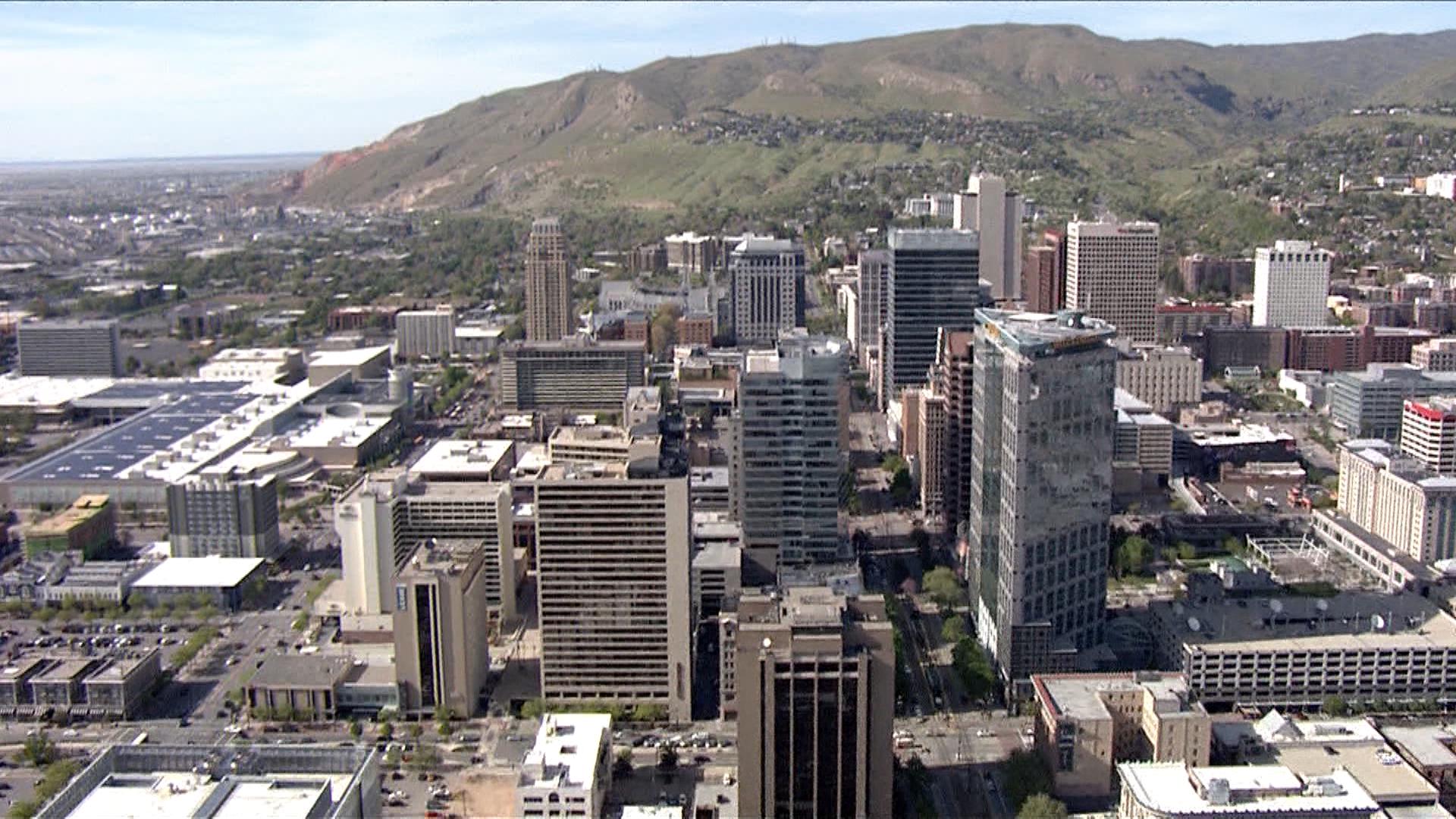
While premature mortality is a concrete measure to use to relate to the bad air quality in Salt Lake City, most residents will at one time or another experience other adverse health effects, including irritation to the nose, throat, and eyes, coughing, wheezing, chest pain, heart arrhythmia, and shortness of breath. 3 As the Salt Lake City county represents one third of the state's population, it’s reasonable to assume that at least 150 of these deaths occur there. An estimated 75 percent of Utahns lose 1 year of life or more as a result to state air pollution levels, while another 23 percent lose 5 years or more.Ī similar study conducted by MIT found that there are nearly 450 deaths in Utah annually as a result of air pollution. 2 Loss of life is assessed across the population and reveals adverse impacts on all Utah residents rather than just sensitive groups who are more likely to experience health implications. The last three years, moreover, have seen increases in unhealthy ozone days and annual PM2.5 levels.īrigham Young University researchers found that Utah air pollution reduces the average resident’s life by anywhere from 1.1 to 3.5 years. How bad is the air quality in Salt Lake City?ĭespite long-term reductions in particle pollution and ozone of recent decades, air quality in Salt Lake City remains among the worst in the United States.


The US government targets a weighted average of no more than 3.2 days of unhealthy pollution a year.įor other federally regulated criteria pollutants, including PM10, SO 2, NO 2 and CO, Salt Lake City meets standards. Such sweeping averages, however, obscure pollution events which often afflict the city, giving way to unhealthy air pollution days.īetween 20, Salt Lake City experienced a weighted average of 25.7 days of unhealthy ozone and 11.5 days of unhealthy PM2.5. In 2019, Salt Lake City AQI was 25 for the year, safely within federal levels. If Salt Lake City air quality is only understood from the perspective of annual averages, it would appear that the city has US AQI “good” air quality. As a result of this weather effect, winter months can experience more than five times the PM2.5 concentration as in summer months. Temperature inversions in the winter trap polluted air, preventing its normal dispersal. Seasonal fluctuations play a significant role in Salt Lake City air pollution.

Currently, 601,131 residents fall into this category of being especially threatened by the city’s unhealthy PM2.5 and ozone levels. These ratings place Salt Lake City in a similar position to Los Angeles for 24-hour PM2.5 and Denver for ozone pollution.Įxcessive Salt Lake City air pollution is particularly harmful to the county’s sensitive groups, including children, the elderly, and those with heart and lung disease like COPD, asthma, and lung cancer.

According to the 2019 State of the Air report, the Salt Lake City area, which includes Provo and Orem, ranked 7th out of 217 metropolitan areas for worst 24-hour particle pollution, and 11th out of 228 metropolitan areas for worst ozone pollution. 1 This severe nonattainment status has resulted in consistent “F” ratings for both measures. Salt Lake City air quality has never met federal attainment levels for ozone or 24-hour PM2.5 pollution.


 0 kommentar(er)
0 kommentar(er)
